
Special Experience
Kyoto
Tour World Heritage Site Ninna-ji Temple with Exclusive Access to Private Areas and Ikebana Lesson
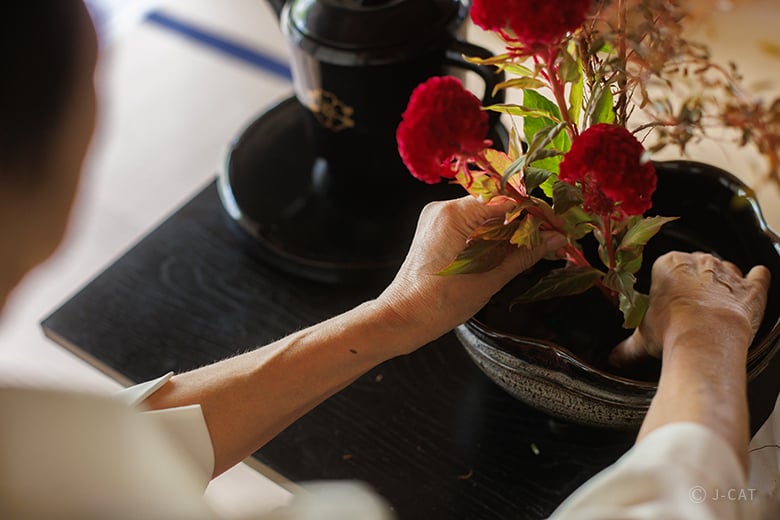
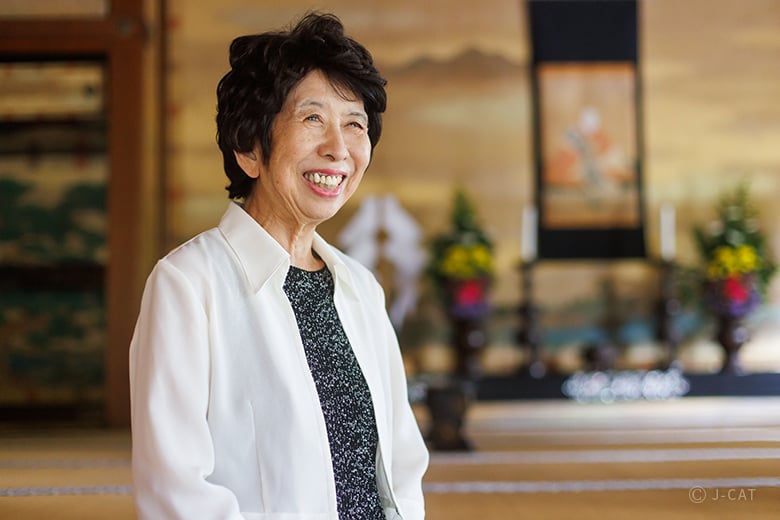
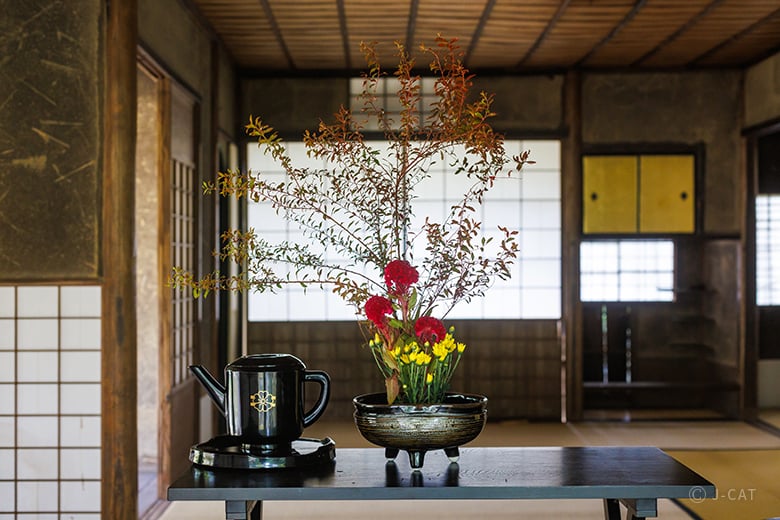
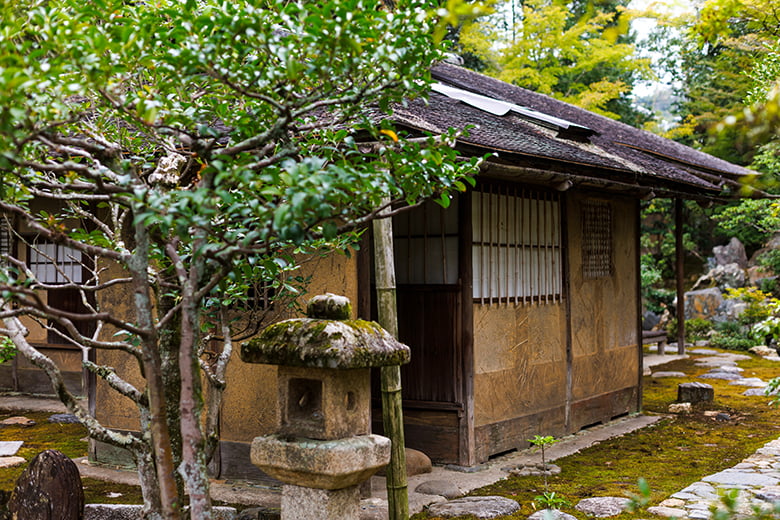
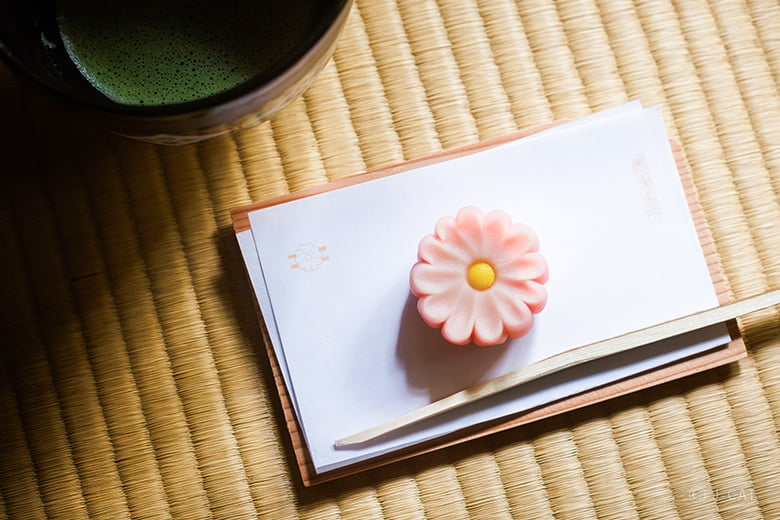
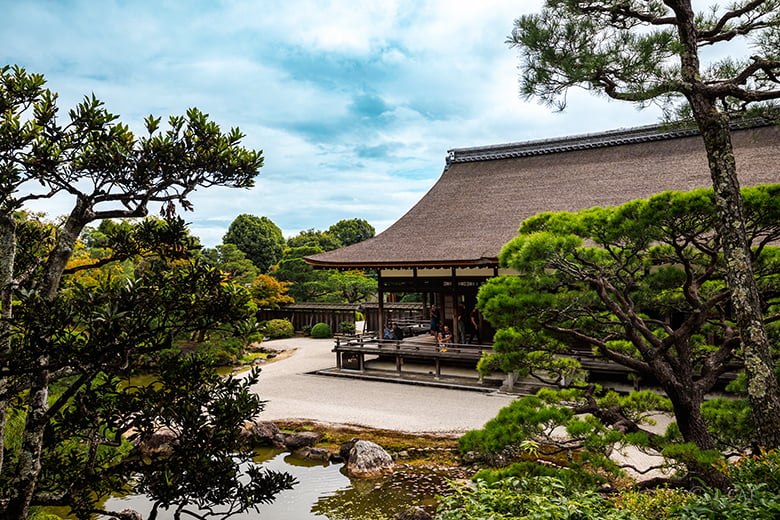
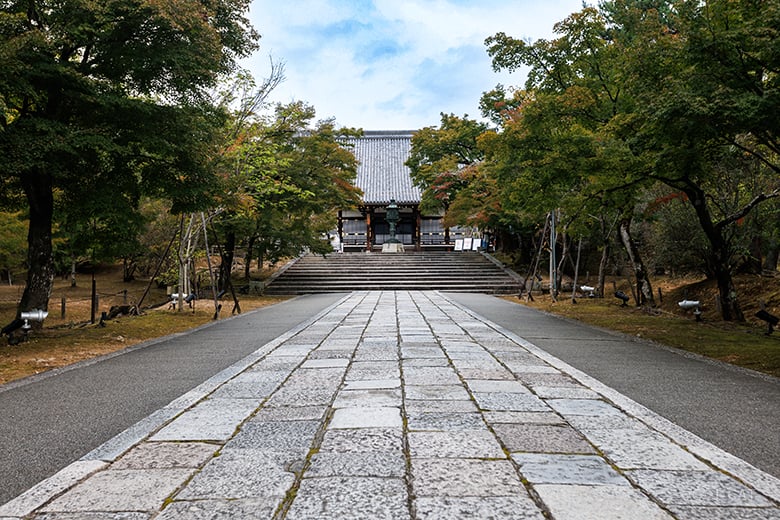
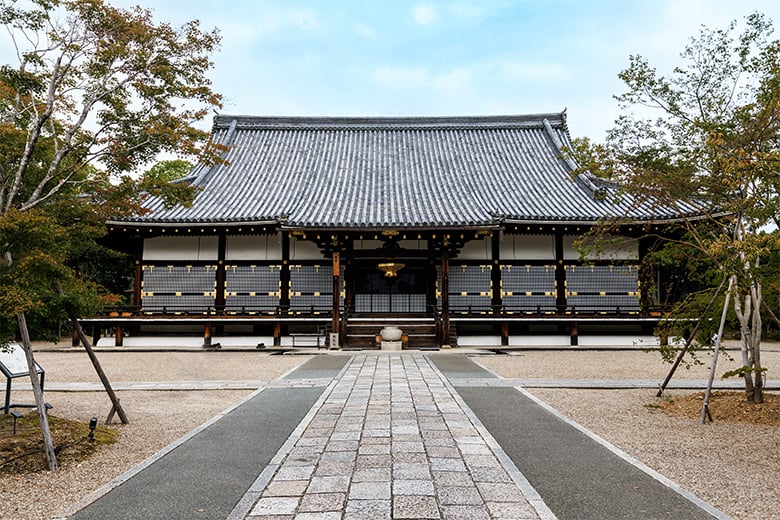
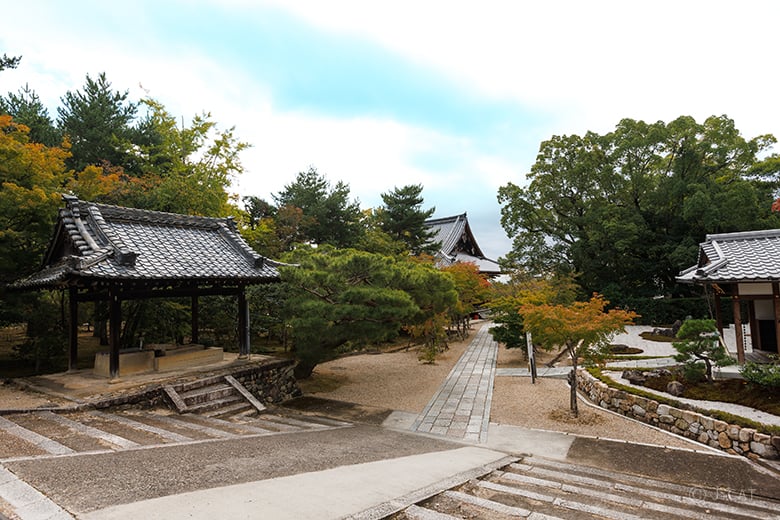
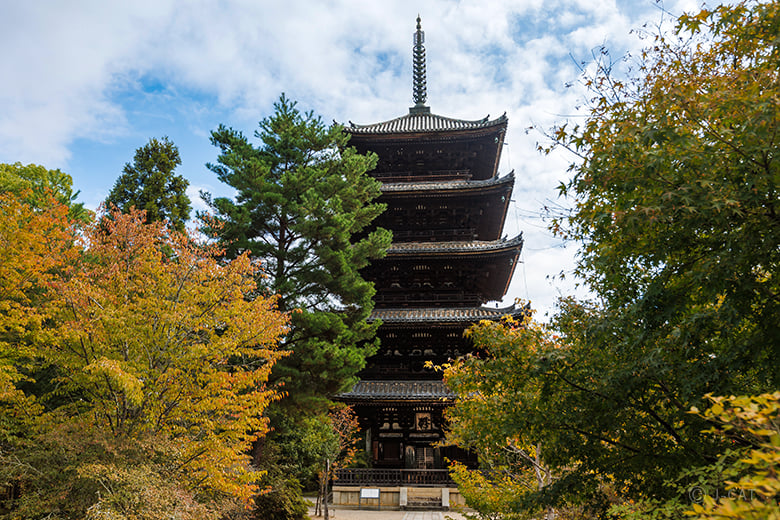
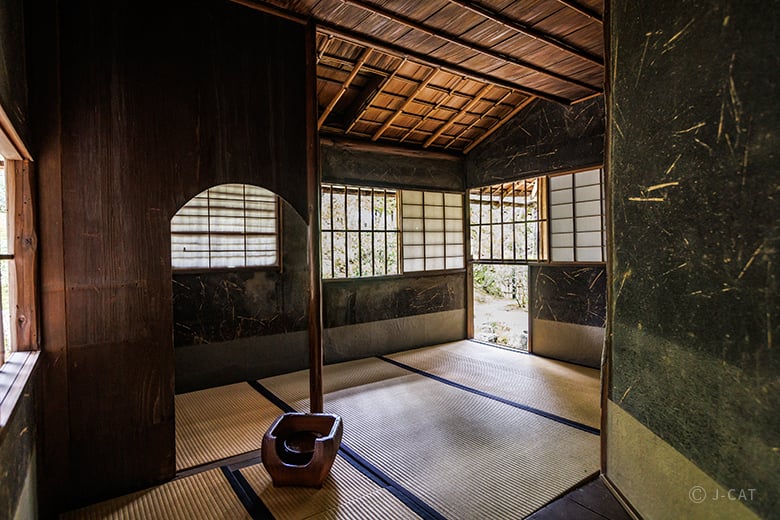
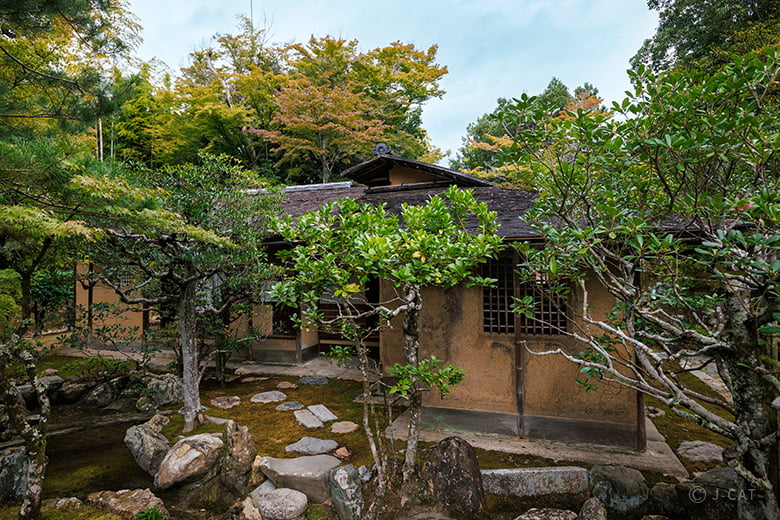
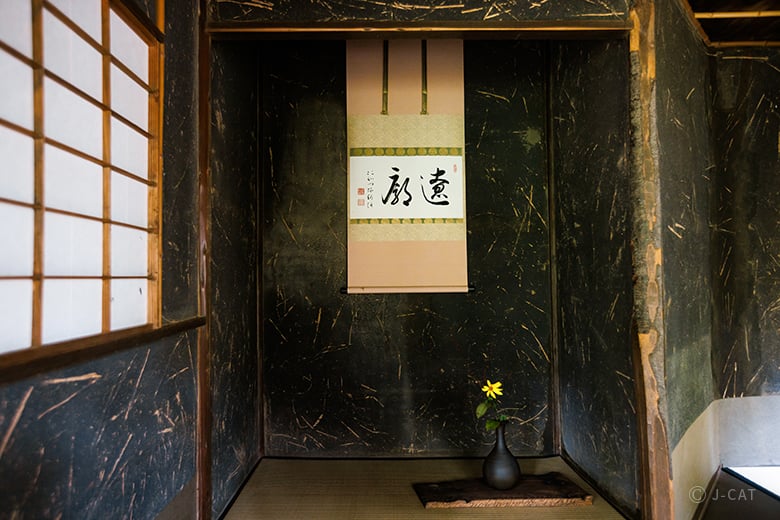
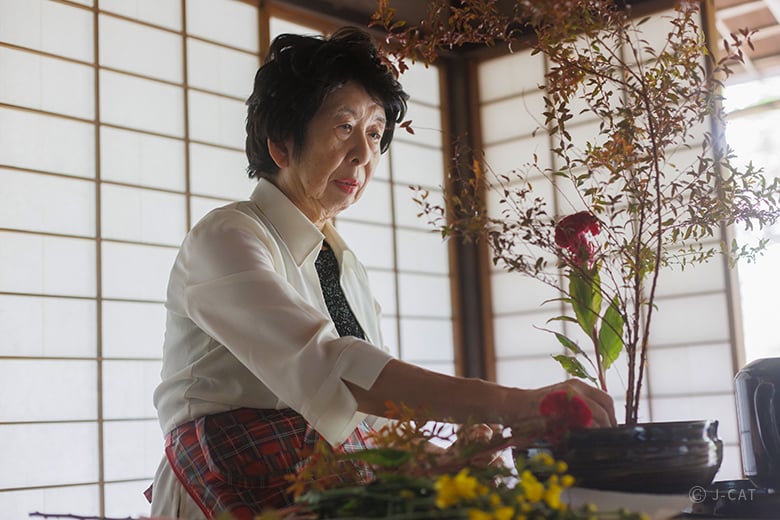
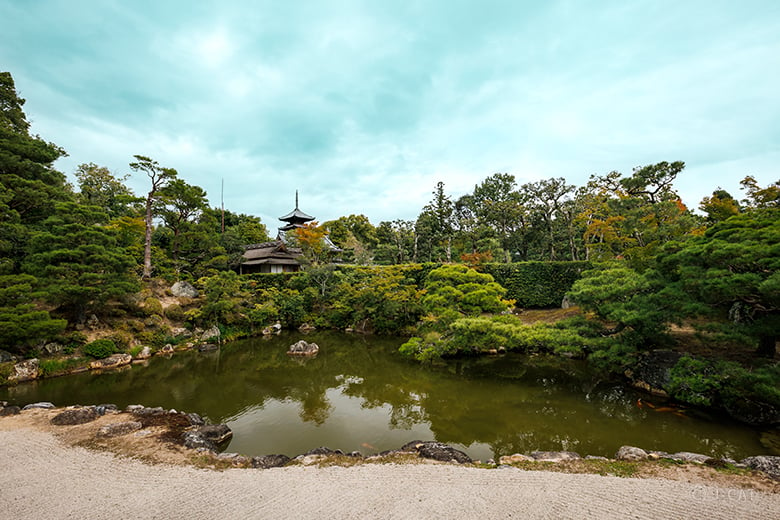
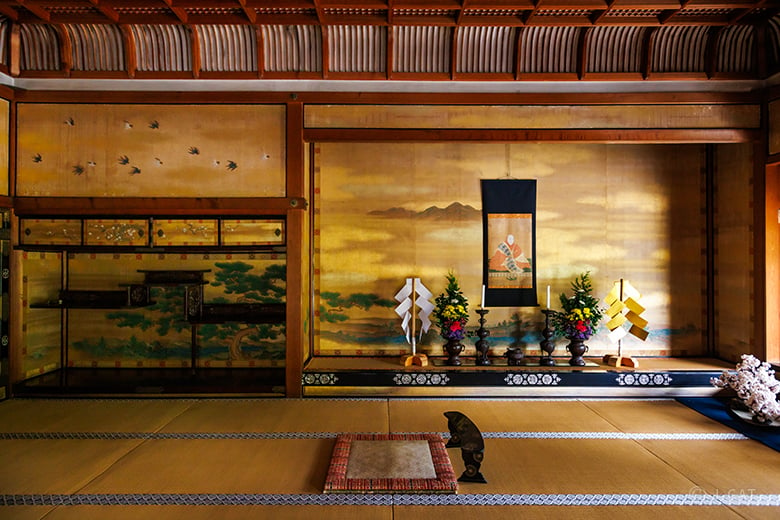
















Overview
Explore Ninna-ji Temple, a UNESCO World Heritage Site with deep links to the imperial family, through a special private tour led by one of its monks. Enter some of the oldest surviving temple buildings in all of Japan, such as the Great Hall (a National Treasure), which is normally closed to the public. Then, experience ikebana lesson at a private teahouse previously belonging to influential artist Kenzan Ogata. Savor wagashi sweets in addition to matcha served in bowls replicating masterpieces by Ogata and Ninsei Nonomura, two of Japan’s most significant potters who were also closely linked to Ninna-ji.
Key Features
・Take a tour of Ninna-ji with a monk, including areas generally closed to the public
・Experience the spirit of Japanese ikebana at a private teahouse previously belonging to iconic potter Kenzan Ogata
・Savor delicious matcha and wagashi sweets
*You may also be interested in this experience in the same location:
Tour World Heritage Site Ninna-ji Temple with Exclusive Access to Private Areas and Tea Ceremony
Kyoto
150mins
from ¥296,000 /group
1 - 8 participants
Available in English
Cancel free up to 5 days prior
Details
A Temple With Special Links to Japan’s Imperial Family
A short trip north-west of Kyoto’s bustling center, Ninna-ji is the head temple of the Omuro school of Shingon Buddhism, standing out as a temple deeply linked to the imperial family. It was founded in 888 by Emperor Uda, who later went on to become head priest after retiring from the throne. Until the end of the Edo period (1603-1868), numerous people of imperial or aristocratic lineage continued to occupy the position.
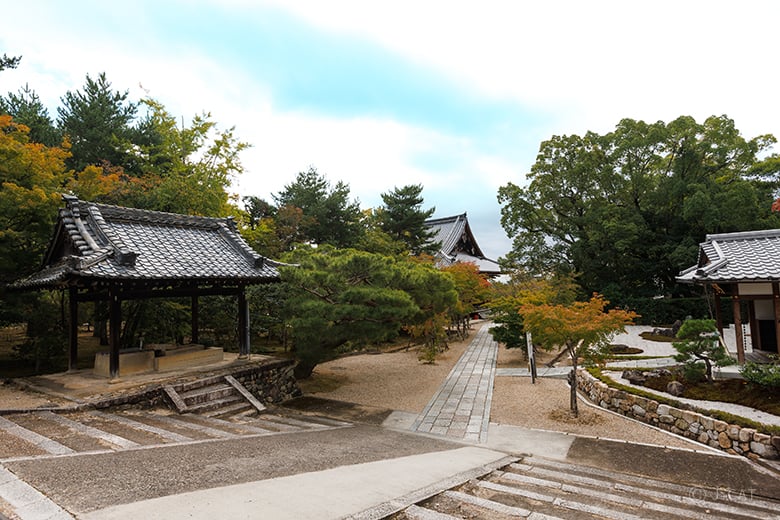
Ninna-ji is home to some of the oldest standing temple buildings in Japan
Ninna-ji’s importance is such that every single one of its religious structures (excluding its Great Hall, a National Treasure) has been designated as an Important Cultural Asset, and the overall temple is a UNESCO World Heritage Site. Immerse yourself in its history and culture in a way like no other through this Wabunka tour.
Set Out With a Monk Guide to Explore Gardens, Off-Limits Areas and More
Your journey begins at the magnificent Niomon Gate, one of Kyoto’s most famous temple gates, which marks the boundary between one’s ordinary everyday life and the world of the temple. Here, a monk will greet you as your very own guide.
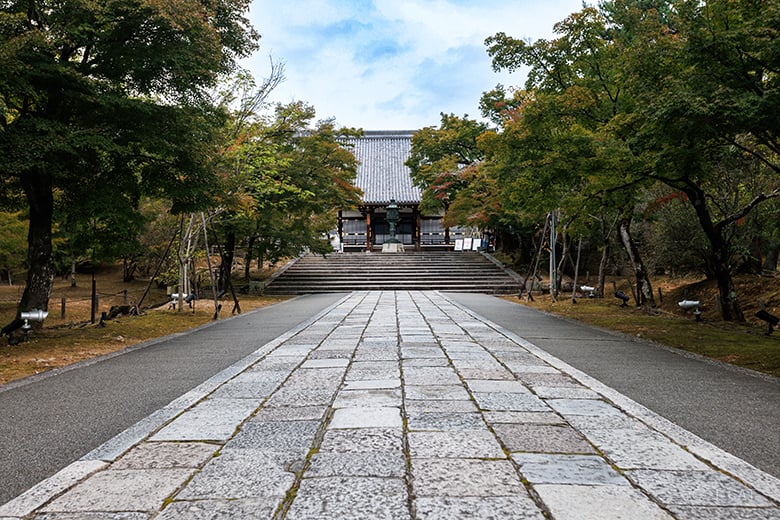
Standing at just under 60 feet, the Niomon Gate is almost 400 years old
Hear about Ninna-ji’s history first-hand as you explore the grounds together, including the Goten, which formerly served as the residence of head priests. Rebuilt during the 1900s after several fires, the buildings were designed to enhance the beauty of its gardens. Take some time to admire the meticulously drawn rock patterns, as well as an exquisite view of the five-storied pagoda and the Hito-tei tea ceremony room, built and fondly used by Emperor Kokaku, whose brother was the head priest almost 250 years ago.
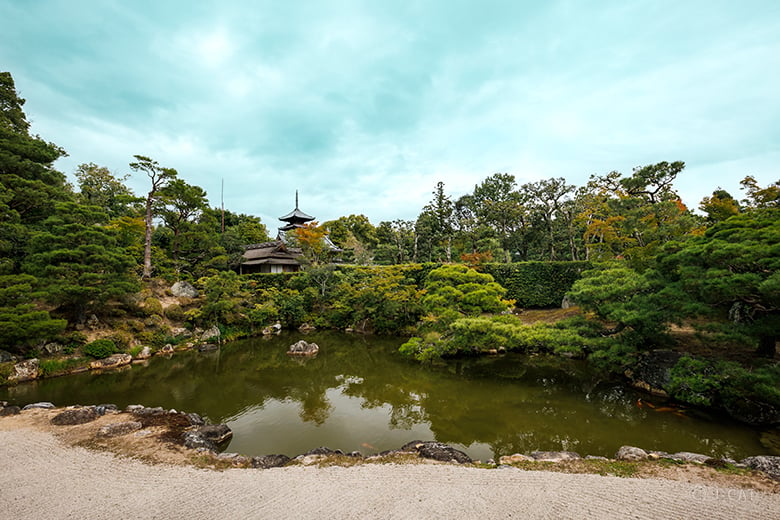
The Goten’s lovingly maintained North Garden
During the tour, you will also be able to enter the Kondo Hall - one of the oldest halls still standing in Japan - which is usually off limits to the public. Originally the Hall for State Ceremonies at the Imperial Palace, it was not deconstructed after the emperor of its time retired the throne, as was custom, but instead moved to Ninna-ji.
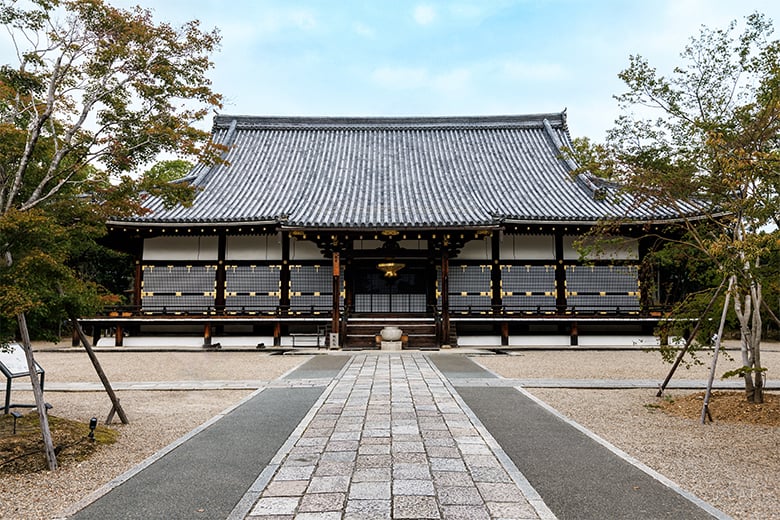
The Kondo Hall is recognized as a National Treasure
From huge pillars to detailed fittings, every element is an example of exceptional craftsmanship fit for an emperor. Here, the temple’s principal deity, Amida Nyorai, is housed in addition to wall paintings of the Five Great Wisdom Kings that protect the hall, whose vivid colors have largely survived despite centuries of aging.
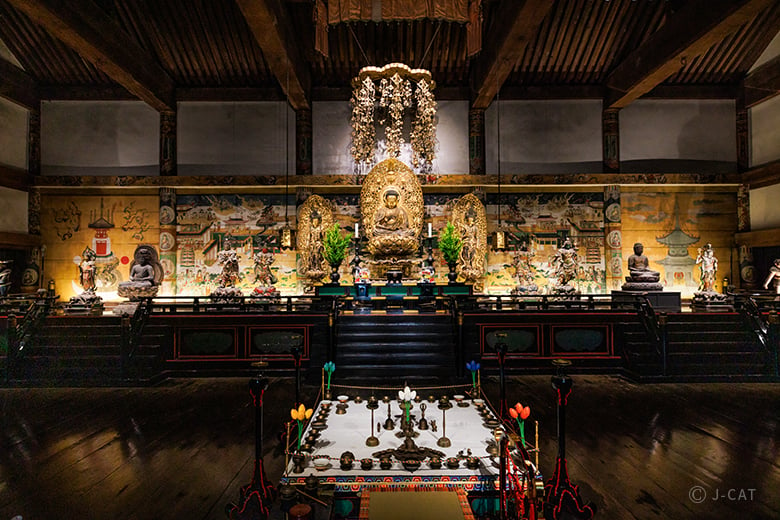
Ninna-ji’s principle deity, Amida Nyorai, within the quiet magnificence of the Kondo Hall
After exploring these spots and more, it’s time to experience the very ikebana school whose roots lie in Ninna-ji.
Begin Your Ikebana Lesson in an Off-Limits Area Opened Just For You
After learning about Ninna-ji, meet your teacher: Kyowa Matsuda, an Omuro ikebana practitioner with a career of over 40 years. (The instructor is subject to change depending on the period.) The Omuro school was founded by Emperor Uda, the very emperor who established the temple and became head priest after retiring from the throne.
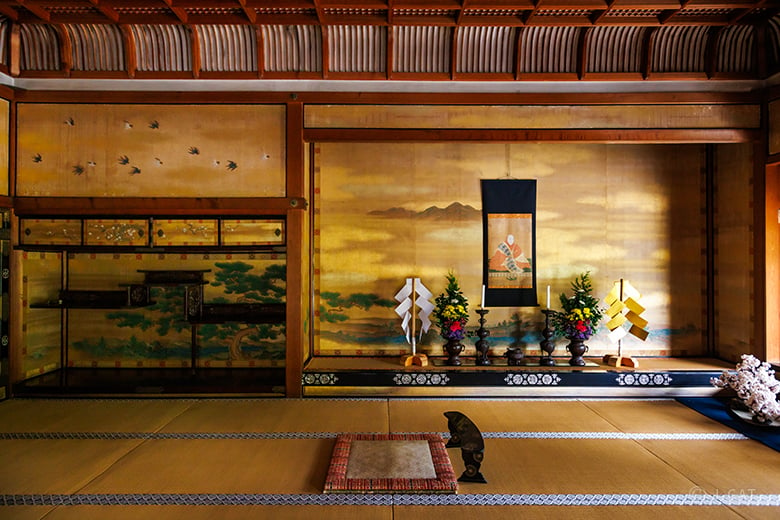
Learn about Omuro ikebana in front of a scroll of the very emperor who founded it
First, Ms Matsuda will introduce its historic and cultural background inside the Shinden Hall, which houses a hanging scroll depicting Emperor Uda by Zaisen Hara, an influential artist of the Edo period. Typically used for large ceremonies, this area is rarely accessible for ordinary visitors.
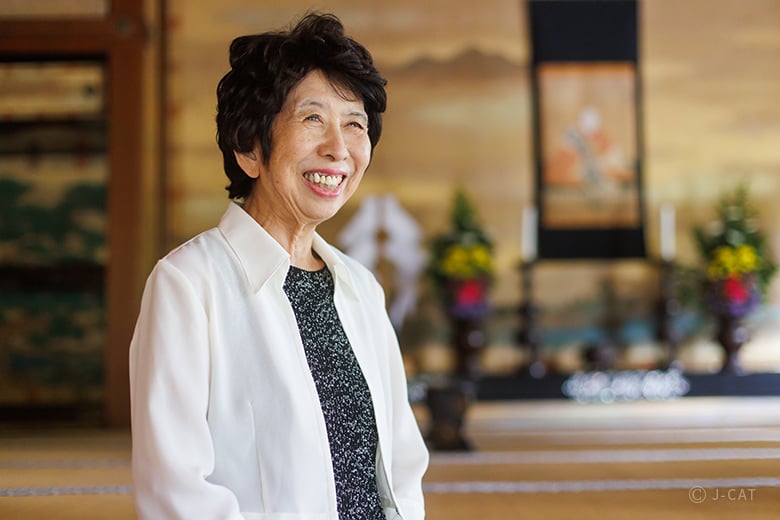
Ms Matsuda’s expertise and cheerful instruction makes for an enjoyable lesson
Let the Spirit of Ninna-ji’s Homegrown Ikebana Style Bloom Within You
Then, experience Omuro ikebana for yourself at Ryokaku-tei, a tea house and Important Cultural Asset that was formerly part of the residence of the Ogata family, to whom renowned artists Korin and Kenzan belonged. (Please note that a substitute venue will be used in case of extreme heat or cold due to a lack of heating or cooling facilities.)
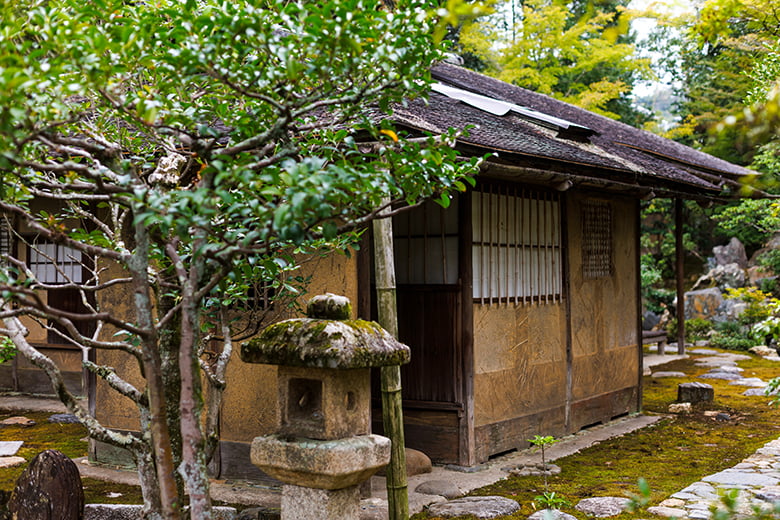
Originally built in the Edo period, Ryokaku-tei has stood here for more than 170 years
First, Ms Matsuda will teach you the fundamentals through simple explanations and a demonstration. While the Omuro school adheres to the “tai, so, yu” composition made up of three main branches, reflecting a Buddhist concept, there is still freedom to express one’s creativity.
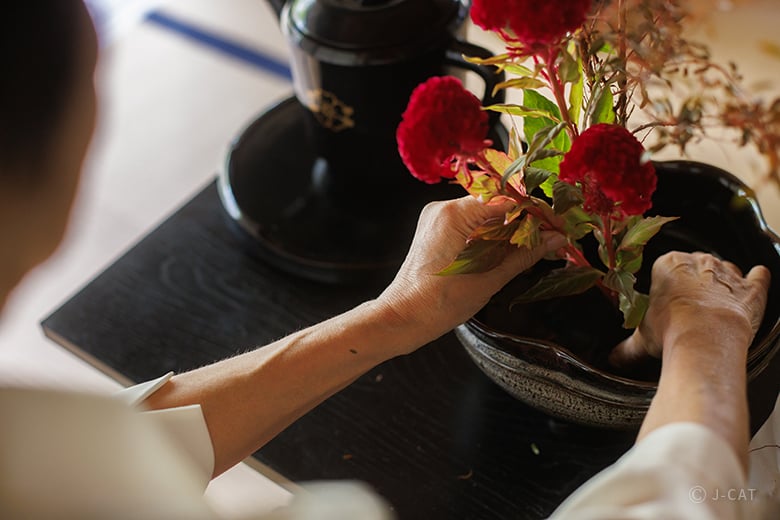
Find inspiration in Ms Matsuda’s lesson and the various plants and flowers available to use (varies depending on season)
Then, you will create a jiyuka (freestyle) composition with a selection of freshly gathered plants and blossoms under Ms Matsuda’s patient guidance. The process of bending twigs, stripping stems of leaves, and fixing them to the kenzan flower frog can be challenging, but they are sure to give you a deep appreciation for how the arrangement comes together. Finally, admire your work as you sit back with delicious matcha and wagashi sweets.
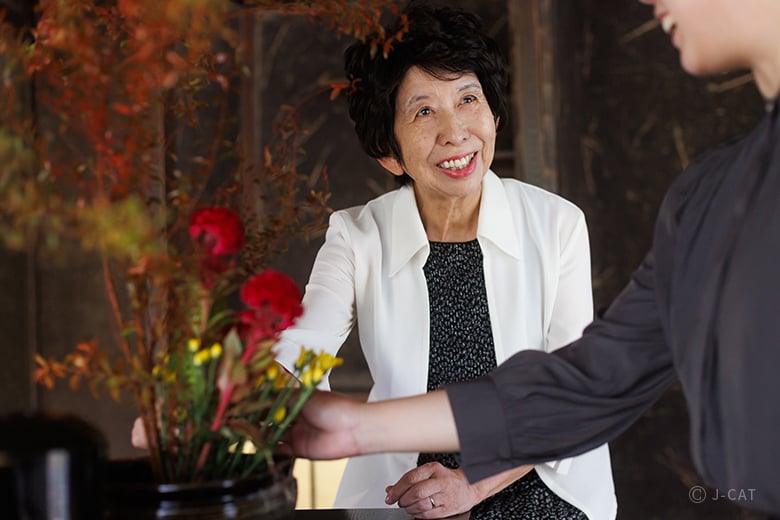
Create flower arrangements under Ms Matsuda’s attentive and clear guidance
Immerse Yourself in the Culture of Ninna-ji and its Very Own Ikebana
Embark on this Wabunka experience to gain deep insights into one of Kyoto’s most prestigious temples and engage in its homegrown school of ikebana, a rare opportunity.

Absorb Ninna-ji’s history and culture in its peaceful grounds
Through your time here, Ms Matsuda hopes that guests will be able to truly feel the spirit of ikebana, a Japanese art distinct from general flower arranging.
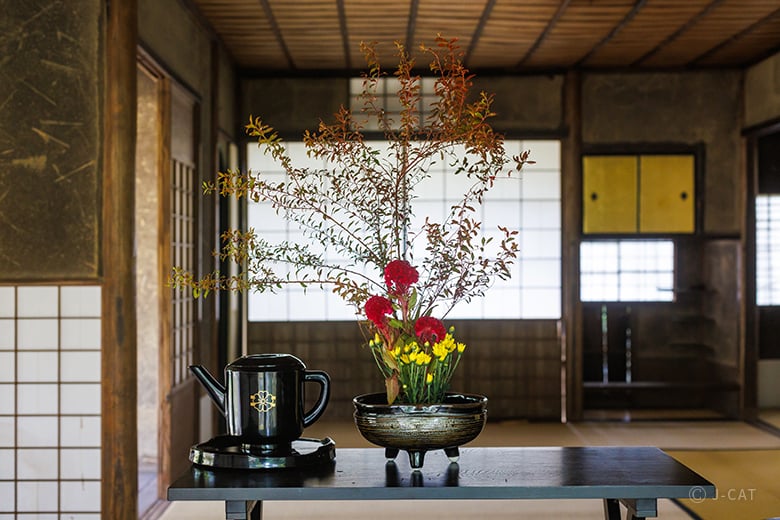
Take the principles of ikebana back home as a precious souvenir of your visit to Ninna-ji
Ninna-ji Temple / Kyowa Matsuda
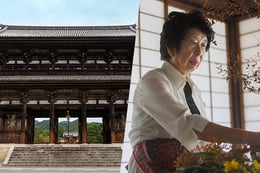
Ninna-ji Temple / Kyowa Matsuda
Ninna-ji Temple
Founded in 888 by Emperor Uda, Ninna-ji is the head temple of the Omuro school of Shingon Buddhism. Until the end of the Edo period, numerous people of imperial or aristocratic lineage took on the position of head priest, including Emperor Uda, creating deep links to the imperial family. All religious structures within the temple grounds (excluding its Great Hall, a National Treasure) are Important Cultural Assets, and the overall temple is recognized as a UNESCO World Heritage Site.
Kyowa Matsuda
A practitioner of the Omuro school of ikebana, which was established by Emperor Uda (the founder of Ninna-ji and the first former emperor to become its head priest). During her career of over 40 years, she has demonstrated and promoted ikebana in the US, the UK, and France as a distinctly Japanese art separate from general flower arranging.
Customer's Voice
Beautiful country with beautiful people who are very friendly. I love Japanese and all of its people!!!
J.G. United States
Location
Ninna-ji Temple
Ukyo Ward, Kyoto
Request for booking
Select first preferred date (JST)
December 2025
Sun
Mon
Tue
Wed
Thu
Fri
Sat

Instant Booking

Request Booking

17
Full

17
Unavailable
Kyoto
150mins
from ¥296,000 /group
1 - 8 participants
Available in English
Cancel free up to 5 days prior
Things to know
Contact Us
If you have any questions, please contact us using the form below.
We also accept bookings from corporate clients and travel agencies.